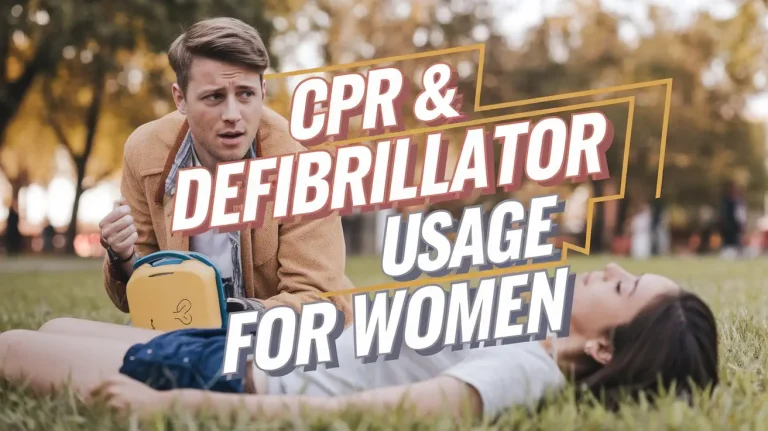Can You Do CPR on Someone with a Defibrillator?

When a person experiences sudden cardiac arrest (SCA), their heart stops beating effectively. Immediate intervention is crucial. This is where CPR and defibrillators come into play, knowing how they work and using them in tandem will increase the chances of survival.
Understanding the Roles:
- CPR (Cardiopulmonary Resuscitation): This is a manual technique involving chest compressions and rescue breaths. It helps maintain blood flow to vital organs, particularly the brain and heart, until professional medical help arrives or the heart starts beating normally again.
- Defibrillator: An automated external defibrillator (AED) delivers an electric shock to the heart. This shock can help re-establish a normal heart rhythm in cases of ventricular fibrillation or pulseless ventricular tachycardia.
Using CPR and a Defibrillator Together:
Yes, you can (and often should) perform CPR on someone while preparing to use a defibrillator. Here’s how they work together:
- Initial Assessment: If you come across someone who is unresponsive and not breathing normally, call emergency services immediately.
- Begin CPR: Start with chest compressions. Push hard and fast in the center of the chest at a rate of 100-120 compressions per minute. If you’re trained and able, incorporate rescue breaths at a ratio of 30 compressions to 2 breaths.
- Prepare the Defibrillator: If an AED is available, have someone else fetch it while you continue CPR. Once the AED arrives, turn it on and follow the voice prompts.
- Using the AED:
- Attach Pads: Place the AED pads on the person’s bare chest as shown in the AED’s instructions.
- Analyze Rhythm: Stop CPR briefly while the AED analyzes the heart rhythm.
- Deliver Shock: If the AED advises a shock, ensure no one is touching the person and press the shock button. After delivering the shock, immediately resume CPR starting with chest compressions.
- Continue CPR: Perform CPR for about two minutes (or five cycles of 30 compressions and 2 breaths) before the AED re-analyzes the heart rhythm. Continue this cycle until emergency services arrive or the person shows signs of life.
So to wrap up, CPR and Defibrillation work together and give better odds of survival. Make sure to give quick and efficient CPR and Defibrillation wherever you can. Why not learn more about how defibrillators work
Hey there fellow Defibrillator afficiando! I'm Jack, a first aid trainer based in beautiful Penrith, NSW at the foot of the Blue Mountains. I love helping take complicated subjects and making them easy and understandable. When I'm not first aiding, you can find me birding and listening to jangle pop.





